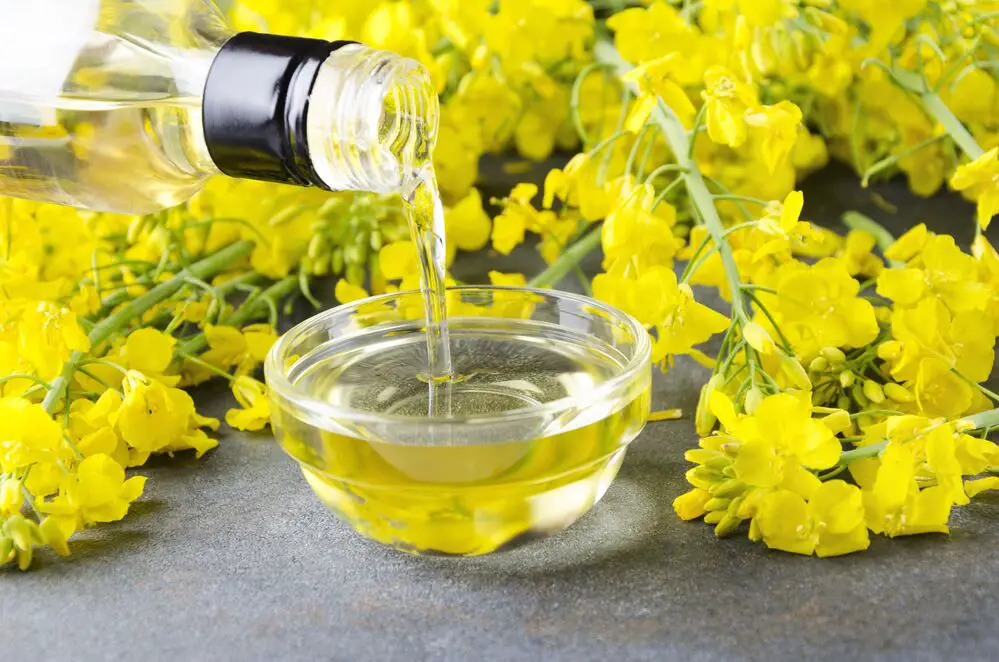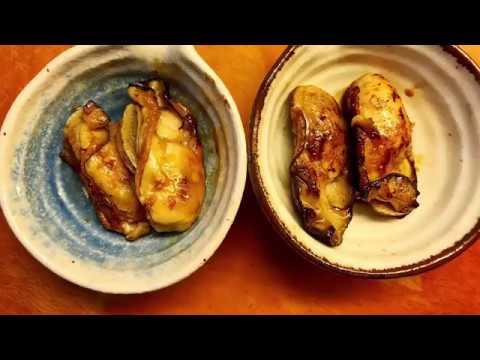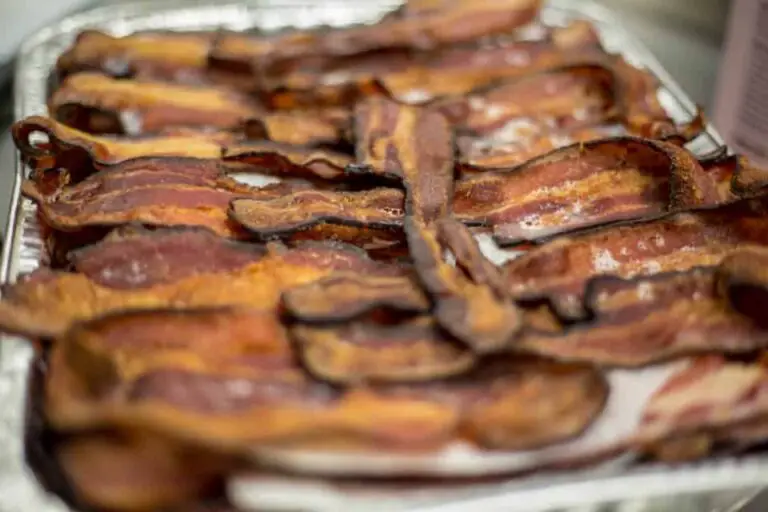Frying has always been a popular way of preparing food because it is quick, easy, and results in a delicious meal. When it comes to frying, the choice of oil used can significantly affect the outcome of the dish. Oil not only affects taste but also helps cook food evenly with the right texture. One popular question often asked by home cooks and professional chefs alike is whether one can mix canola and peanut oil for frying purposes. In this article, we’ll examine the difference between canola and peanut oil, smoke points, blending oils, fatty acid composition, and discuss factors to consider when mixing canola and peanut oil for frying.
Differences between Canola and Peanut Oil
Before discussing whether it is possible to mix canola and peanut oil for frying purposes, let’s first overview what makes them different.
Composition and Nutritional Value
Canola oil primarily consists of monounsaturated fat (MUFA), which is considered beneficial to health as it helps lower cholesterol levels without affecting high-density lipoprotein (HDL) levels. Peanut oil contains both monounsaturated fat (MUFA) and polyunsaturated fat (PUFA). Polyunsaturated fats are essential since our bodies cannot produce them; however, their quantity should be balanced with saturated fats (SAT), which have been linked to heart disease.
Smoke Point
A smoke point indicates when an edible oil reaches high temperatures resulting in a visible blue haze or smoke from burning oils’ volatile compounds. Different oils have different smoke points that make them suitable or unsuitable for various cooking methods. For instance, olive oil has a low smoke point that makes it unsuitable for high-heat cooking methods such as deep-frying.
What is Smoke Point?
Smoke point refers to the temperature at which an edible oil begins to degrade into potentially toxic fumes and harmful free radicals. It is essential during heating cooking techniques because exceeding an oil’s smoke point can result in food tasting bad, toxic fumes, and may cause oil to ignite and start a fire.
The Science behind Mixing Oils
Blending oils with different smoke points is not just a matter of combining random oils. It is essential to understand how the blending affects the new blended oil’s smoking point.
Smoke Points and Blending Oils
The smoking point of a blended oil depends on the constituent oils’ ratio, specific heat capacity, thermal conductivity, and mixing method. A higher proportion of high smoke-point oil results in a higher-blended oil with a higher smoking point than lower-smoke-point constituent oils.
Understanding Fatty Acid Composition
Different fatty acid compositions results in unique melting points and collectively contribute to smoke points. Generally, unsaturated fats have lower melting temperatures hence producing low smoke points. However, oily substances with high oxidized polyunsaturated fat content tend to have more reactive compounds that produce a “burnt” taste when fried at high temperatures.
Factors such as the extraction process or exposure to heat also play crucial roles in determining an oil’s fatty acid composition. For instance, manufacturing processes involving exposure to prolonged heat negatively affect PUFA acyl chains’ formation resulting in fewer available allylic sites for latition and more saturated fat production.
Considering Mixing Canola and Peanut Oil for Frying
When planning to mix canola and peanut oil for frying purposes, several factors require consideration. These include identifying the intended purpose of frying your food first.
Identifying Intended Purpose
Determining the motive of frying dictates what kind of food works best; for protein-based dishes like chicken tenders or fish sticks where flavor matters less than texture during cooking- using peanut oils that caramelizes proteins on low heat would be optimal. On the other hand, vegetable-based dishes like French fries or onion rings would benefit from using canola oil due to neutral flavors that don’t overpower the dish.
Effects on Texture and Taste
Peanut oil has a nutty flavor that impacts taste; as such, it contributes an intense smoky flavor often preferred for meat-based dishes. Blending peanut oil with canola oil would help reduce the intensity of the nutty flavor while still preserving its goodness in low-heat frying methods. Canola oil has a neutral taste that affects texture when used alone—blending with peanut oil produces a lighter texture similar to using pure canola oils but, at lower temperatures, which may reduce oxidation processes.
Health Consideration
While blending canola and peanut oil affects flavors and textures’ outcome, one must consider the health implication of consuming blended oils in the long run. The most significant concern with consuming blended oils is omega ratio balance since excess PUFA intake is harmful to health. Peanuts naturally contain more PUFA than MUFA; blending them uniformly would help maintain stable PUFA: MUFA ratios without forming new reactive compounds.
Overall Conclusion
Mixing canola and peanut oils for frying purposes is entirely possible, but how successful the blend turns out depends on several factors such as intended use and final texture preference. Remember, using blended oils does not change basic safety rules like monitoring heat levels during cooking to prevent dangerous conditions from occurring like igniting fumes from overexposure to high heat. Prioritize vegetable oils when cooking food items prone to burn due to high-fat protein or sugar content resulting in altered food tastes or even unhealthy by-products produced under high heat exposure.
In conclusion, mixing canola and peanut oils provides cooks an all-purpose beneficial option that allows flexibility when making meals while still maintaining nutrition levels safe for consumption in low-heat frying situations.
Q&A
Q1: Can I use a combination of canola and peanut oil for frying?
A: Yes, you can mix canola and peanut oil for frying. This combination provides a high smoke point that makes it ideal for deep-frying or stir-frying.
Q2: Why would I want to mix canola and peanut oil instead of using one type of oil?
A: Mixing oils allows you to take advantage of the benefits each oil offers. Canola oil is lower in saturated fats and has a neutral taste, while peanut oil provides a rich, nutty flavor and high heat tolerance.
Q3: Is there a recommended ratio for mixing canola and peanut oil?
A: While there is no exact ratio, a common recommendation is 70% canola oil and 30% peanut oil. However, you may adjust the blend as per your preference.
Q4: Are there any health concerns when using mixed oils for frying?
A: When used in moderation, mixed oils are not harmful to your health. It is important to remember that consuming an excess amount of any type of unhealthy fat over time increases their risk of developing heart diseases.#




